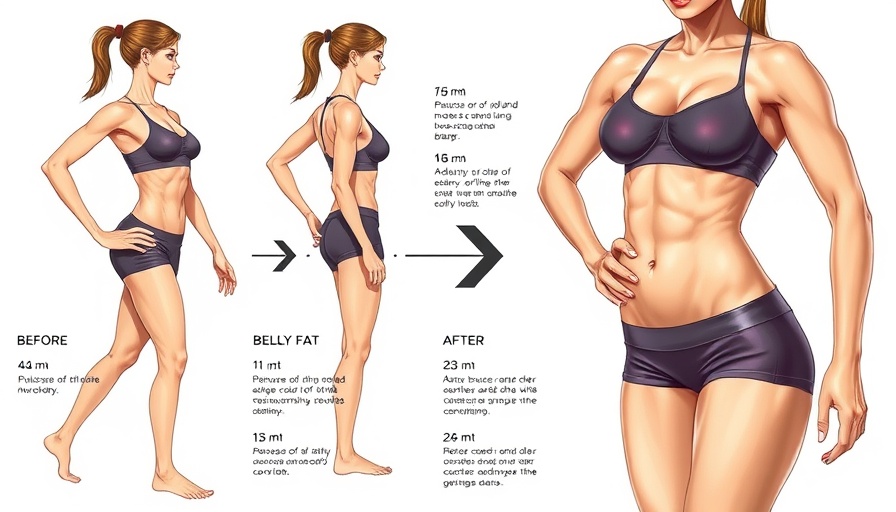
The Push Pull Legs Routine: Unlocking Strength and Muscle Gains
For many fitness enthusiasts, the search for a workout routine that delivers profound results often leads them to the Push Pull Legs (PPL) model. This workout split is not only one of the most efficient regimes for building muscle and strength but also offers flexibility that can adapt to varying schedules and fitness levels. Whether you’re intrigued by body composition or looking to power through your limits, the PPL routine has proven itself a useful ally in the gym.
Understanding the PPL Routine
The Push Pull Legs workout divides training into three straightforward categories: push, pull, and legs.
- Push Exercises: These focus on the upper body pushing muscles, targeting the chest, shoulders, and triceps.
- Pull Exercises: This day emphasizes pulling motions, effectively engaging the back and biceps.
- Leg Exercises: Encompassing movements for the quadriceps, hamstrings, glutes, and calves, this component addresses the lower body.
The beauty of PPL lies in its straightforward structure and ability to deliver well-rounded training, promoting balance while preventing muscular fatigue. Each muscle group receives adequate recovery time, crucial for growth and enhancing overall performance.
Benefits of the Push Pull Legs Split
Adopting the PPL method provides numerous advantages. Notably:
- Effective Muscle Building: With a focus on compound movements like squats and bench presses, PPL routines can lead to significant gains in muscle mass.
- No Overlap: Unlike traditional routines, PPL minimizes muscle overlap, allowing for targeted recovery and stimulation without overtraining.
- Customizable Training: The PPL routine can easily be adapted to suit beginners or seasoned athletes, accommodating personal goals and fitness levels. Athletes can adjust frequency from 3 to 6 days of exercise per week, making PPL incredibly versatile.
Who Can Benefit from a PPL Routine?
PPL is primarily recommended for those with some lifting experience who grasp essential compound and isolation exercises. It caters beautifully to anyone aiming to enhance their strength, increase lean muscle mass, or simply change up their fitness routine. With appropriate adaptations, even beginners can find value in this training split.
Crafting Your Own Push Pull Legs Routine
If you’re ready to develop your own PPL structure, consider dividing your week into three core workouts:
Your specific workouts might include exercises like bench presses on push days, deadlifts on pull days, and squats on leg days. Remember to also allow for adequate rest, nutrition, and hydration to maximize your results.
Final Insights on the PPL Routine
The Push Pull Legs model stands out for its simplicity, customization, and effectiveness. It allows athletes to focus on specific movement patterns, leading to optimized training sessions that could yield impressive results in strength and hypertrophy. As always, consider your individual goals, fitness level, and personal schedule when implementing any new workout plan.
Given its broad applicability and flexibility, the PPL routine can serve as a robust foundation for athletes seeking to elevate their training. Whether you're in a gym setting or at home, the push-pull concept easily translates into any environment.
For gym owners and fitness trainers, promoting the PPL style can transform client experiences and results. Why not try incorporating PPL into your training programs and observe the enhancements in strength and muscle mass?
 Add Row
Add Row  Add
Add 




Write A Comment